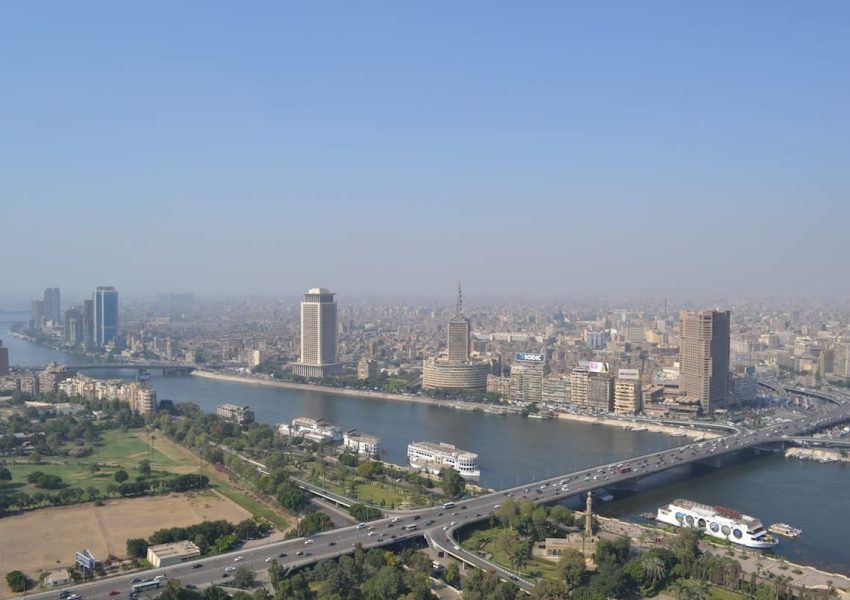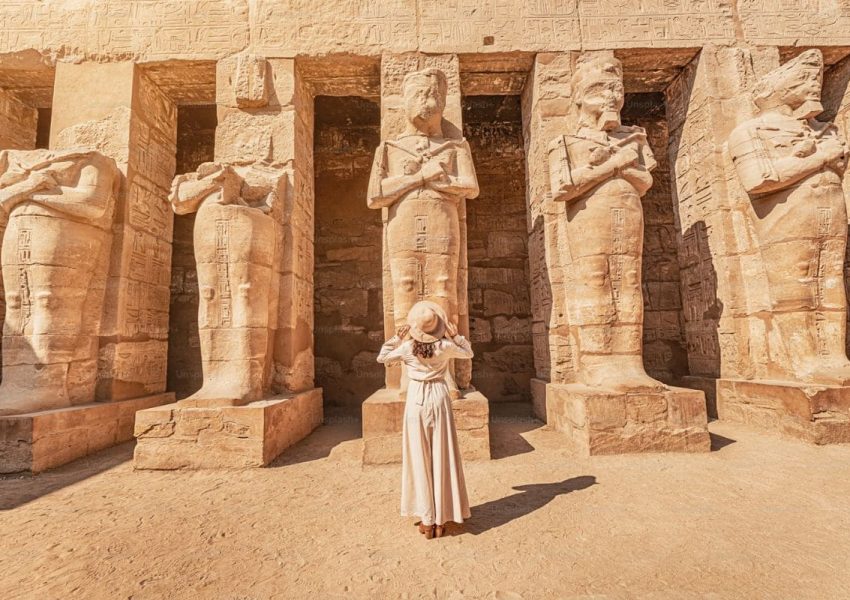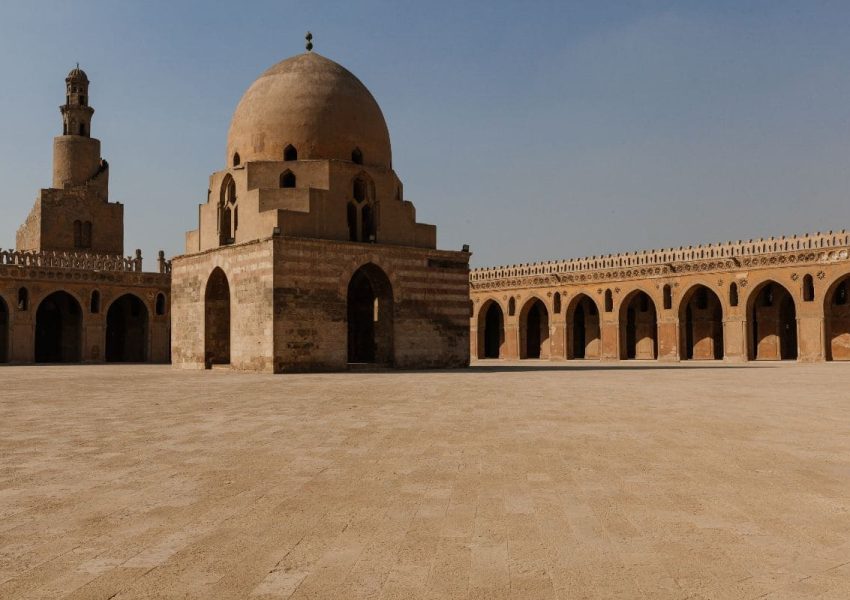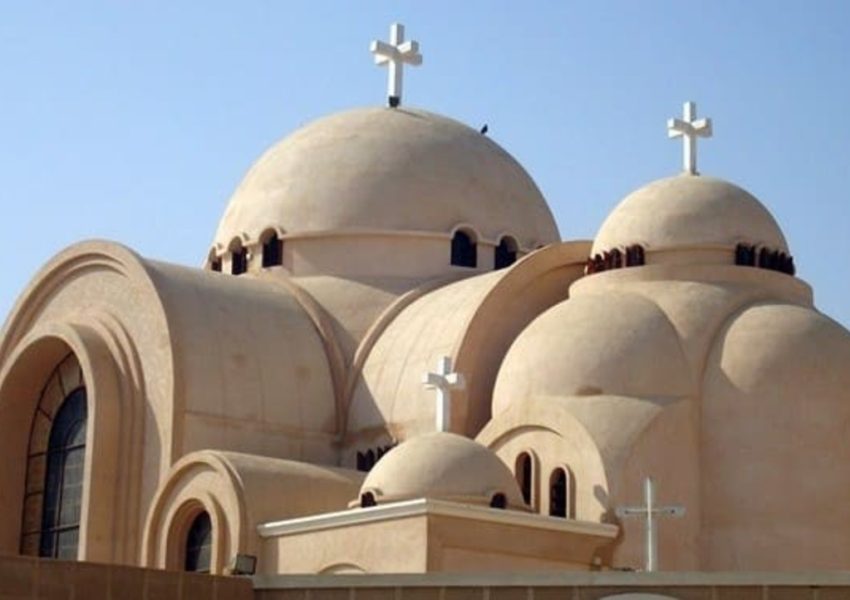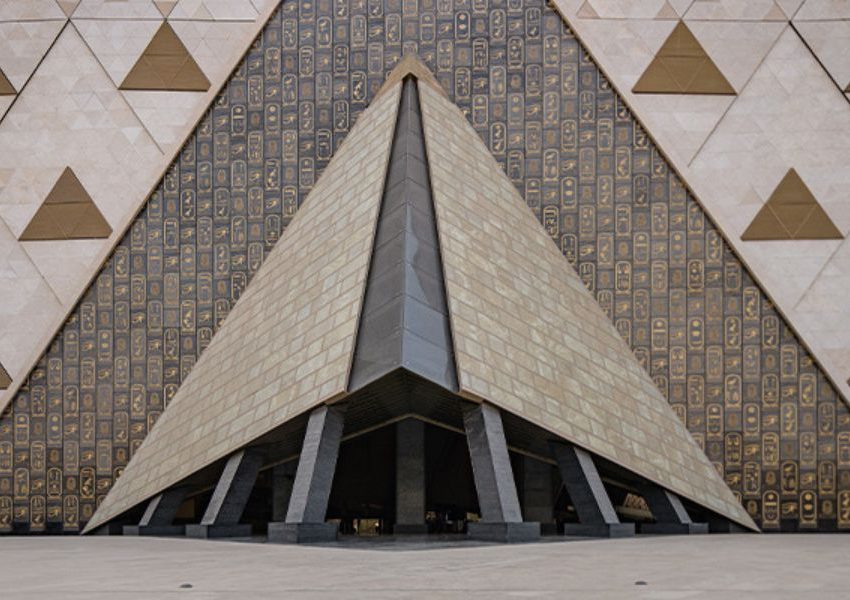Religious Significance of Animals Sacred Animals and Deities Animals in Ancient Egypt were more than companions or creatures—they…
No other nation in the world says ‘Welcome’ as often as the Egyptians, and every time, they mean it. While the ancient civilization of Egypt continues to amaze, contemporary Egyptians are equally remarkable.


